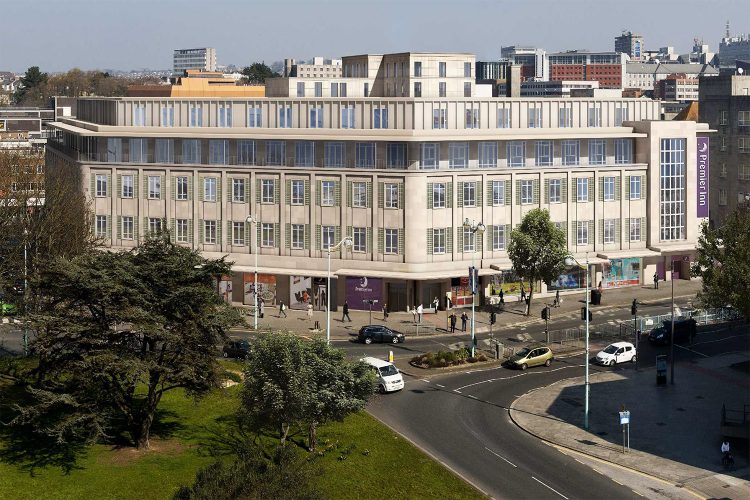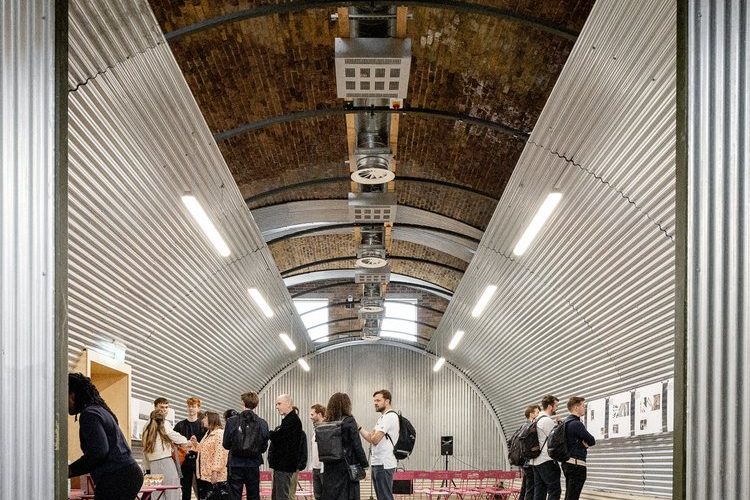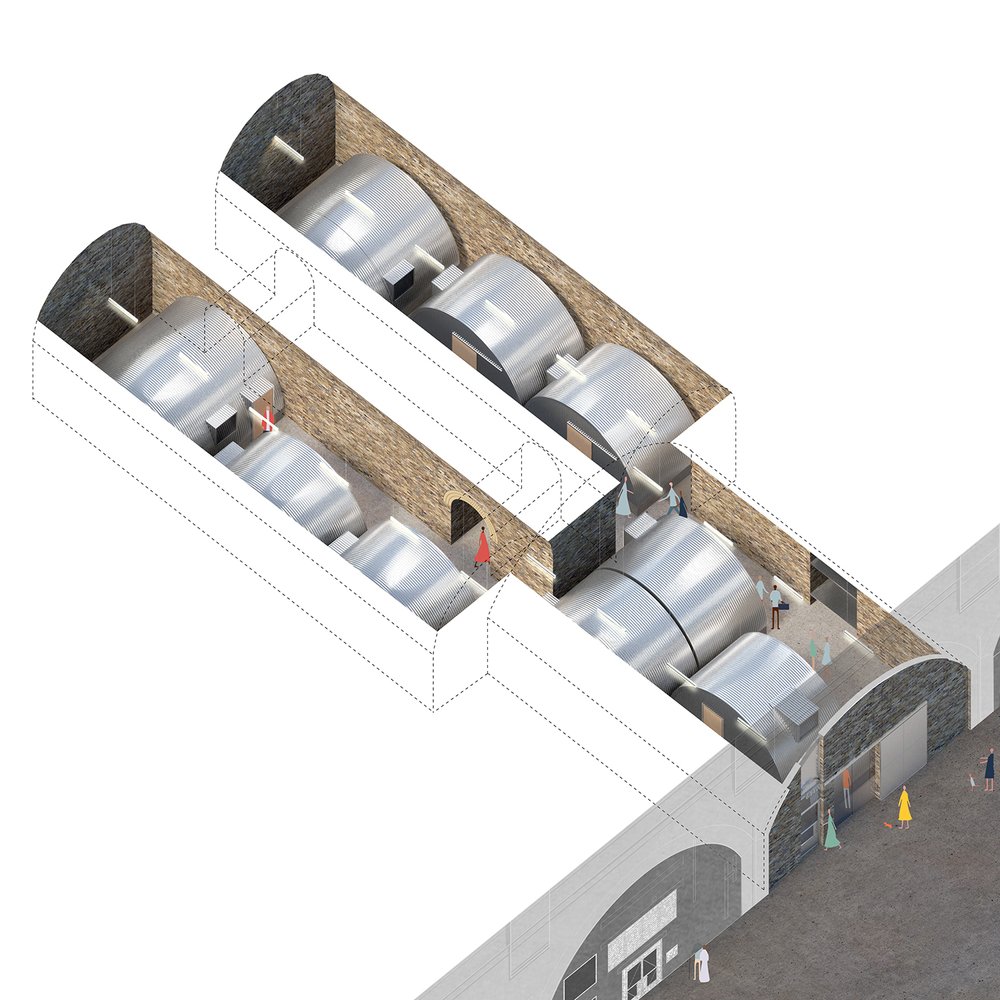Last month, we celebrated the nomination of the Low Line Arches project, our collaboration with TDO Architects, for The Architect’s Journal’s Retrofit Awards 2023. In its honour, we wanted to explore the idea behind ‘retrofitting’ in construction, its current use cases and what the future holds.
What is retrofitting?
Retrofit, as you see in the news, refers to the refurbishment of an existing building with the intention to reduce its CO2 emissions and environmental impact. It is an umbrella term that captures the host of ‘green’ solutions that architects and engineers consider to fulfil the specific goals of the project.
In light of growing awareness of climate change, there has been a movement in the UK’s construction industry, backed by heritage groups, to retrofit old buildings for energy efficiency in view of reducing their operational carbon emissions. Specific solutions like improving windows and heating systems can make old both commercial and residential properties last longer, warmer and cheaper to run.
Retrofitting answers an urgent need
In fact, retrofitting is one of the recommendations given to governments by the Intergovernmental Panel on Climate Change (IPCC) in their latest report as a key adaptation and mitigation strategy relating to the built environment alongside an emphasis on low-carbon construction materials and processes. From April 2023, the UK government is going to roll out £1.8 bn in funding to upgrade 115,00 English homes as part of its Social Housing Decarbonisation Fund and Home Upgrade grant.
Alongside lowering energy consumption, enhancing the resilience of a building to the worsening effects of climate change like heat waves, storms and floods is another key benefit. British homes, designed to retain heat and remain warm over winter, now face the spectrum of yearly heatwaves. Timely upgrades can help protect building’s occupants from harm and lessen the need for any costly repairs
Other advantages include an improvement to comfort and indoor air quality, and a potential rise in property value thanks to growing demand for energy efficient and sustainable residence and office.
The wider context
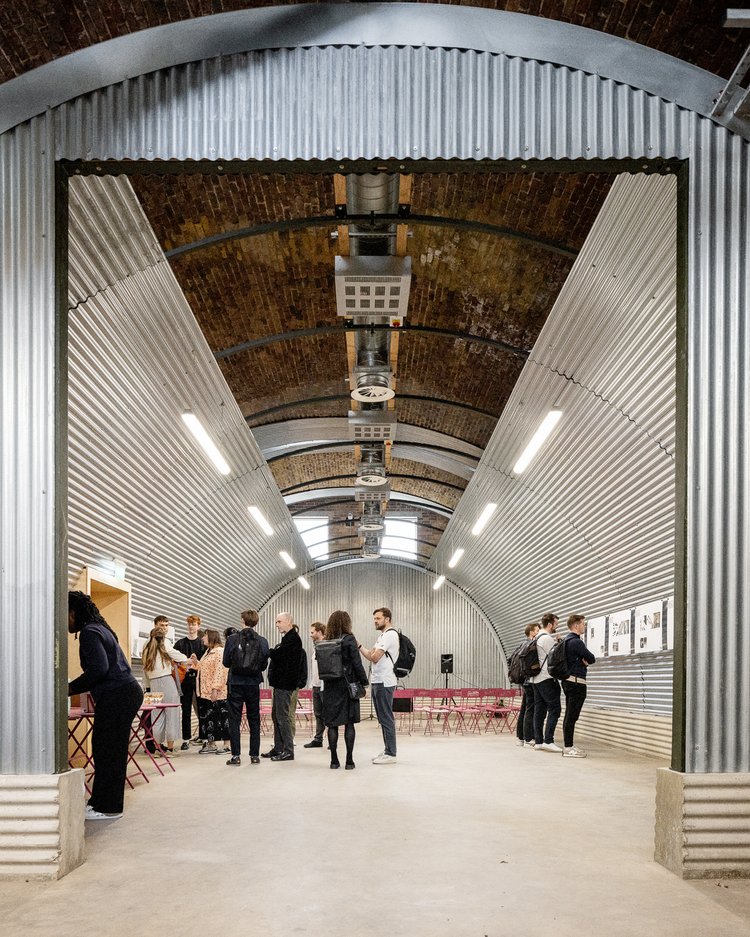
Retrofitting is also often a part of wider scale conversion and regeneration of historic buildings and heritage facades.
The Low Line Arches project aims to breathe new life to many railway arches lying in dis-use and create flexible spaces for the local community, as well as budding entrepreneurs and artists. One significant part of the brief was to maintain the arches’ historic character whilst also modernising its utilities in terms of lighting, service distribution, ventilation and circulation. At Lyons O’ Neill, we have also worked to transform the insides of two historic 19th century churches into modern eclectic accommodations. Another one of our conversion projects involved turning the old Derry’s department store in Plymouth into student accommodation and a hotel. Here, we worked to develop a structural scheme which retains as much of the existing building skeleton as possible.
These projects can serve to level-up places, provide new housing and stimulate economic activities fit for a Net Zero future. It is critical that they do not contribute to an increase in carbon emissions and negative environmental footprint.
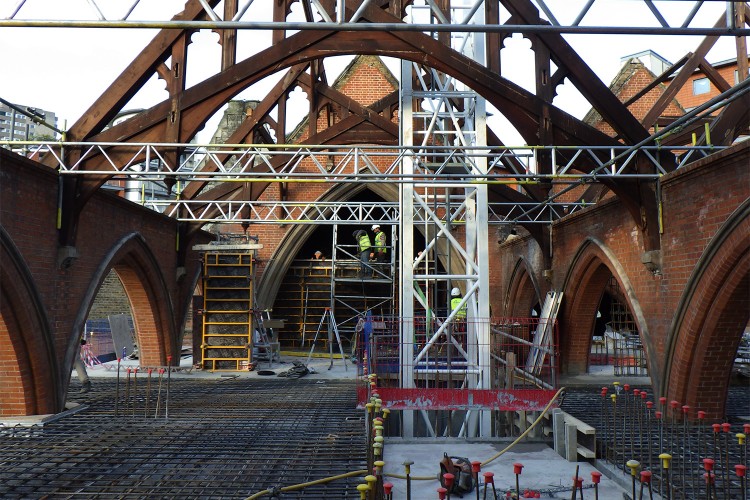
What are the challenges of retrofitting?
Despite its many benefits, there are still challenges to be faced in implementing it on a large scale in the UK. One of the main obstacles is the cost. Retrofitting can be expensive, and many building owners may not have the financial resources to undertake such a project. The UK government’s funding initiatives are a step in the right direction, but more could be done to make retrofitting financially accessible to a wider range of building owners.
Another challenge is the lack of skilled workers and contractors who are trained in retrofitting techniques. As the demand for retrofitting grows, there is a need for more professionals with the knowledge and experience to carry out these projects effectively. However, there are several organisations, like B4Box, who have strengthened their offerings of apprenticeships in this area.
Finally, there is also the challenge of ensuring that retrofitting projects are done in a way that is environmentally sustainable. While retrofitting can help reduce a building’s carbon footprint, the process itself can also have negative environmental impacts if not done correctly. It is essential that retrofitting projects are carried out with a comprehensive understanding of their environmental impacts, and that all efforts are made to minimise any negative effects.
